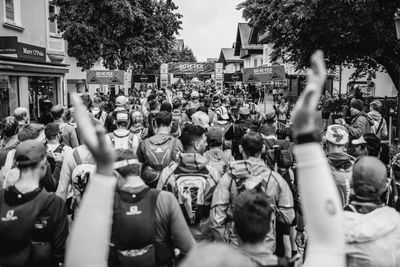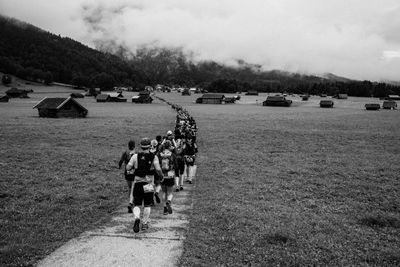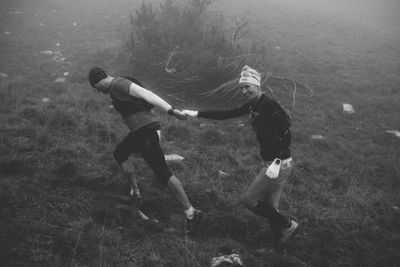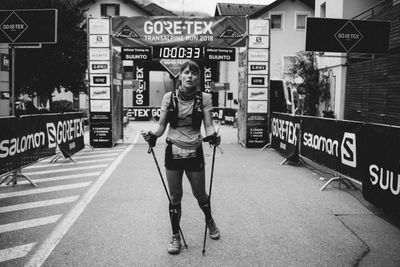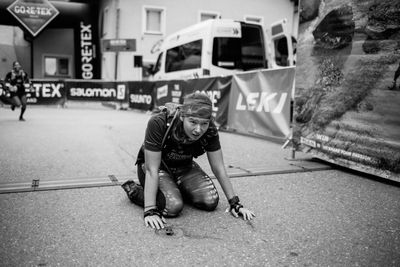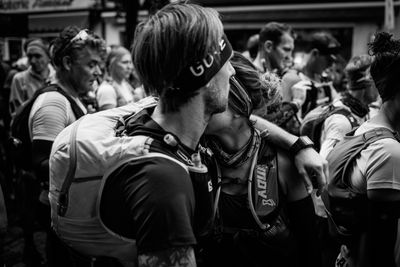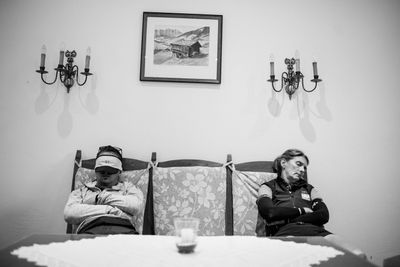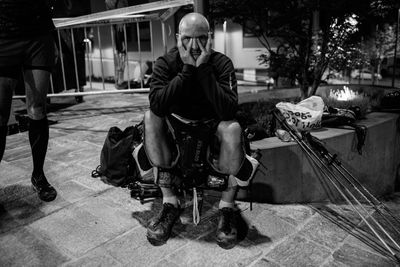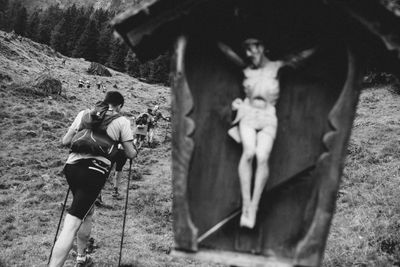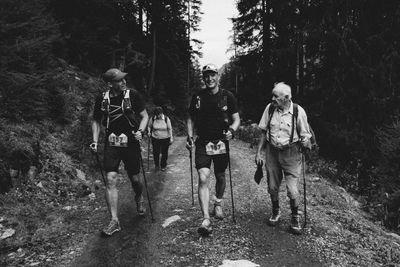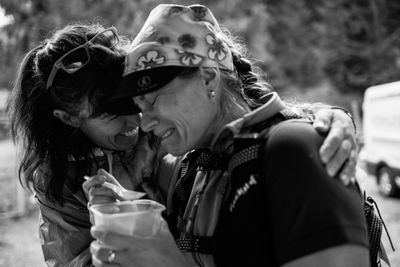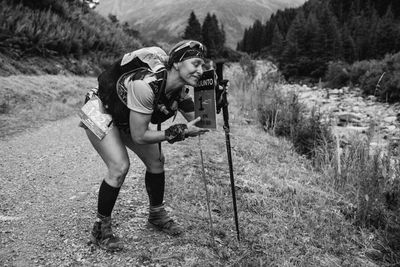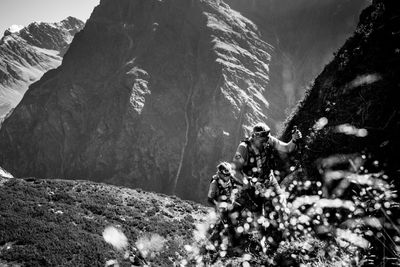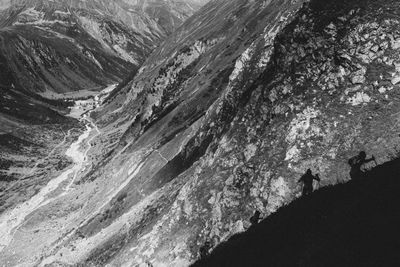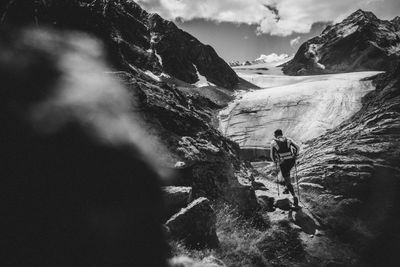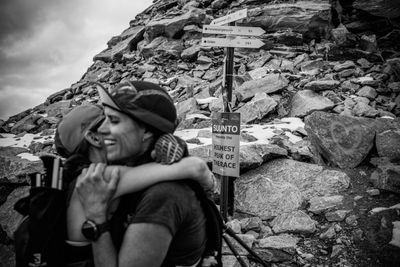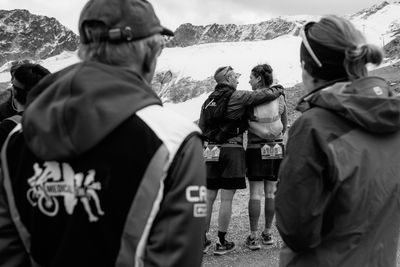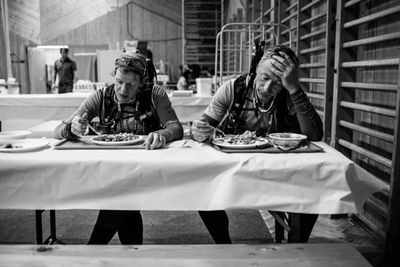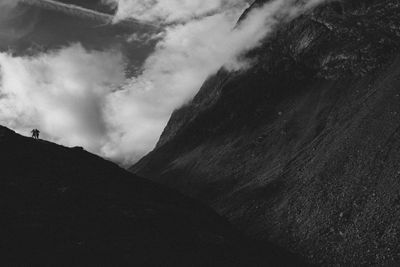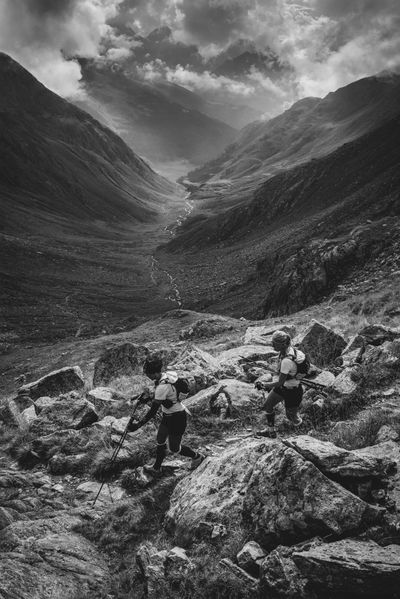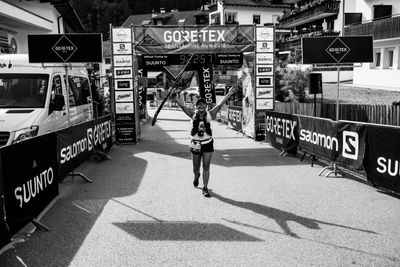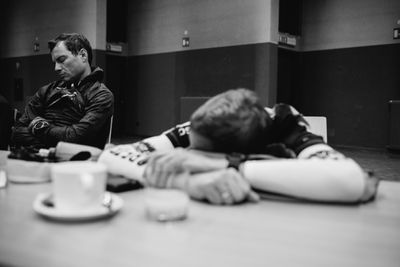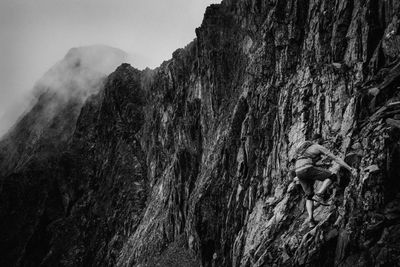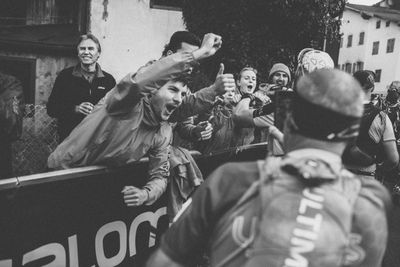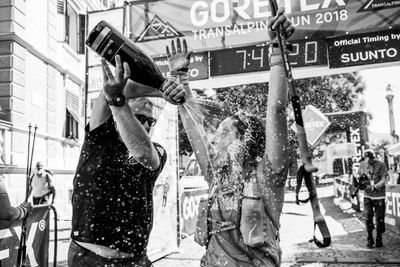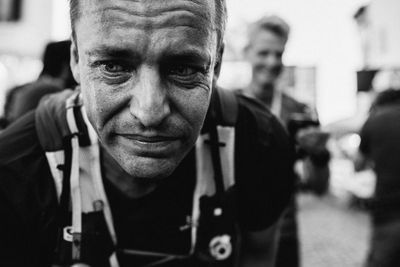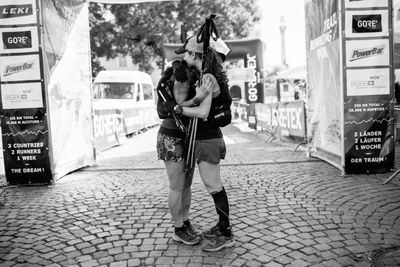The BACKMARKERS PROJECT
A story about the slowest ultra marathon runners from around the world.
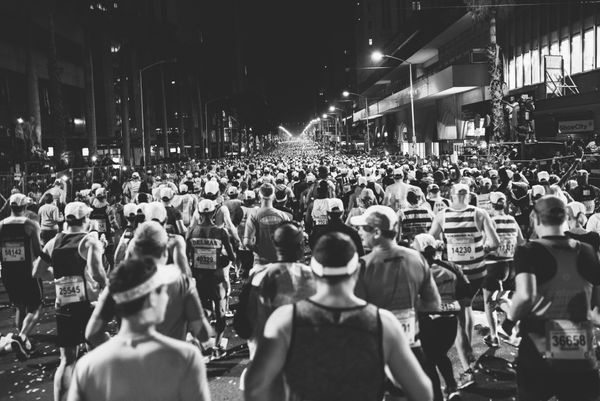
What and Why?
A journey documenting the slowest ultra-marathon runners (or Backmarkers), at different ultra-marathons around the world. This project started by being intrigued about what motivates the people at the back of long distance running races to get to the start line, let alone the finishing line. Now 2 years in, what I have seen and learn't has truly changed my life, and below is the beginnings of sharing this story.
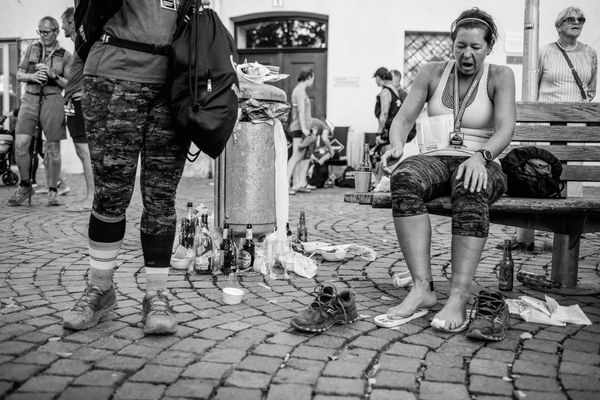
FREQUENTLY ASKED QUESTIONs?
Why focus on the people at the back? Because the people at the back don't enough of the media spotlight. Because, and this comes on-top of many other reasons, they are some of the most courageous people you could hope to meet - and we need to celebrate this.
How do you document the Backmarkers? I thought in order to do this story justice, I would have to do it in first person, and so I run with the Backmarkers from start to finish taking photos along the way. Toeing the start line and sharing the journey felt like the least I could do to show my subjects the respect they deserved, but also to give myself the best chance (read perspective, and empathy) to understand the struggles, disappointment and triumph at play and so tell a much more accurate story.
What camera equipment do you use? I use one camera and one lens. I only use a 35mm fixed lens as this is the closest focal length to the human eye - I wanted the to showcase this story in the most real world perspective I could. I also think that by creating limits, one is encouraged to be more creative.
Why are all images in Black and White? Because B&W has a reductive and factual quality. It sets a very simple and direct tone, which lends itself to the real world perspective of this story.
Are their any other types content you are producing from this? Yes! After the race, I work with a band of writers and together we interview people from the back of race to better understand the motives behind these unsung hero's wanting to conquer an ultra-marathon. As it turns out, the reasons for toeing the start line have little to do with running and more about what we as humans fear, love and envy. If you are a writer or BackMarker and are keen to get involved please let me know.
Chapter 1 - The Comrades Marathon
The Comrades Marathon is an ultra-marathon of approximately 89 km (approx. 56 miles) which is run annually in South Africa between the cities of Durban and Pietermaritzburg. It is the world's largest and oldest ultra-marathon race with over 24 thousand runners annually signing up to test their mettle, on either a down or up run route.

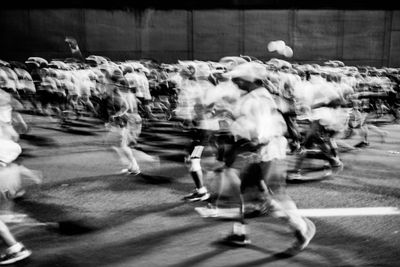
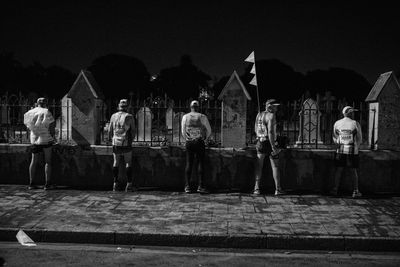
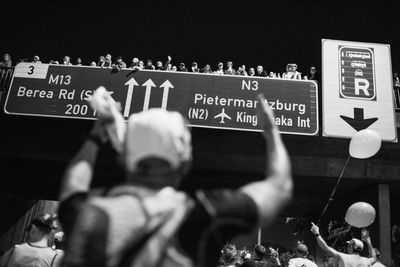
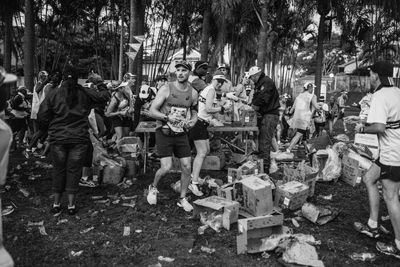

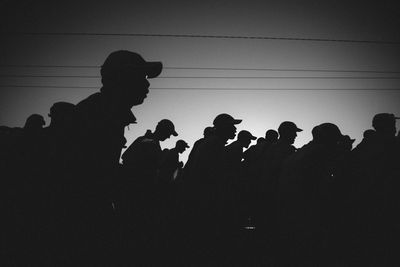
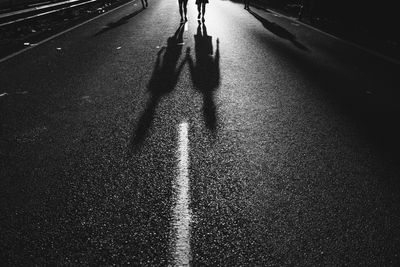
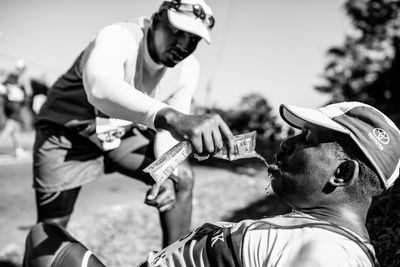
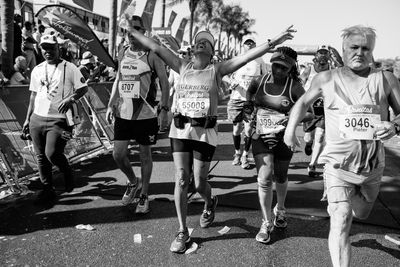
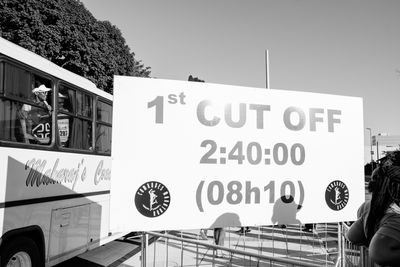
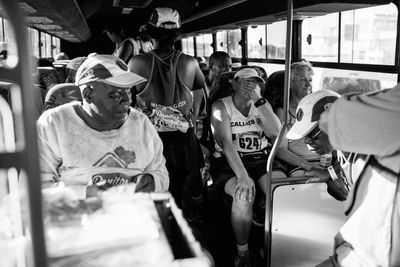
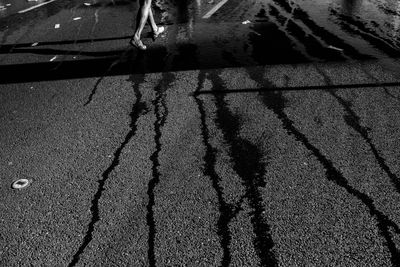
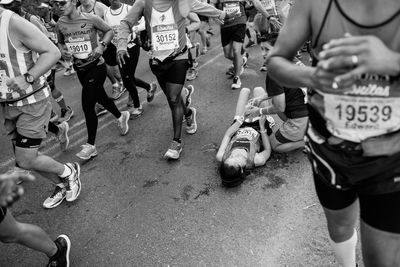
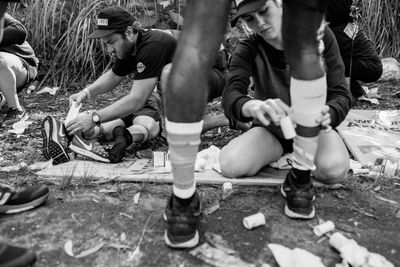
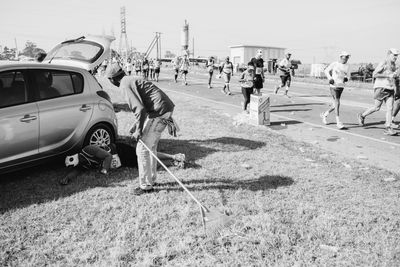
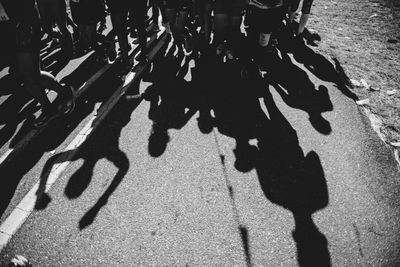
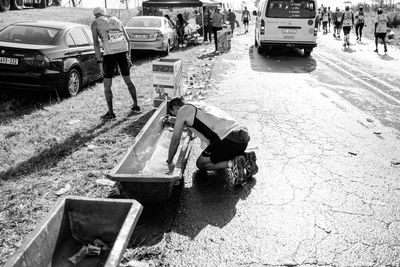
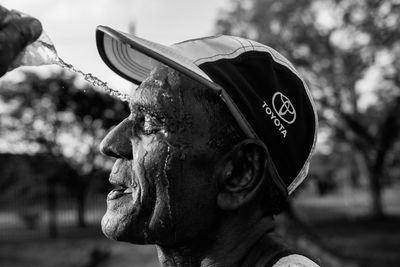
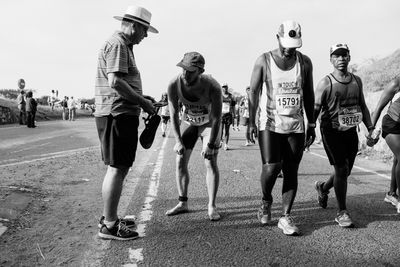
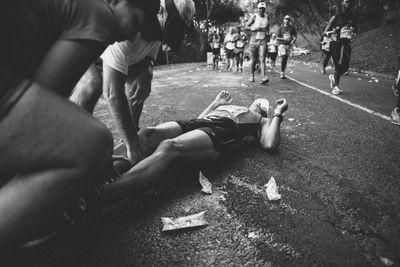
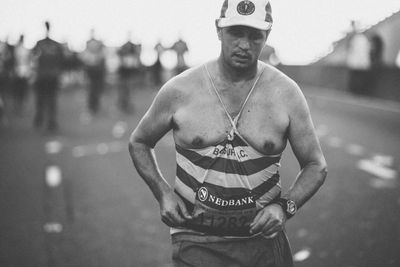
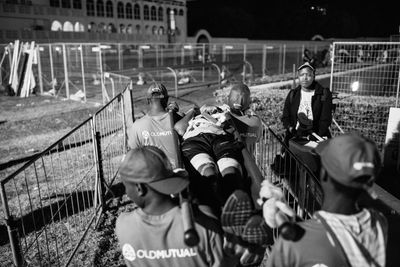
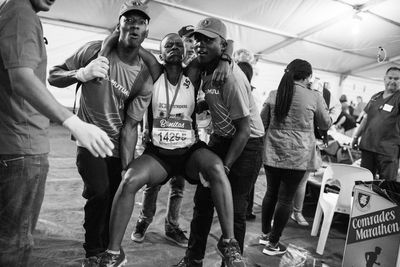
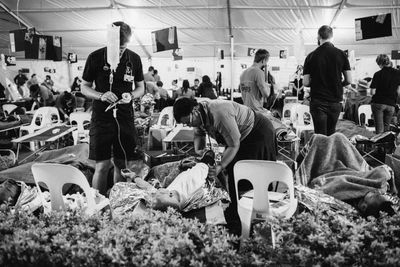
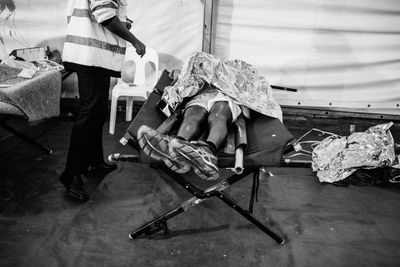
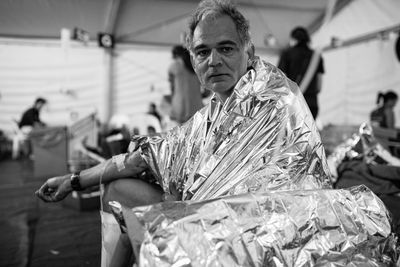
Chapter 2 - The Skyrun
The Skyrun is a largely self-supported ultra-marathon trail race of approximately 100km which is run annually across the extremely remote Witteberg mountains in South Africa. Renowned for it's wild weather, and sustained altitude, runners have 30 hours to self navigate the course.
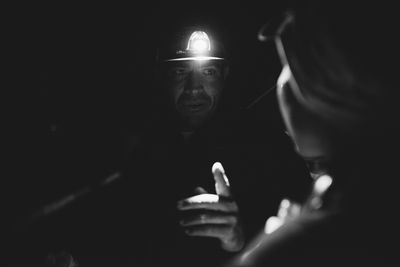
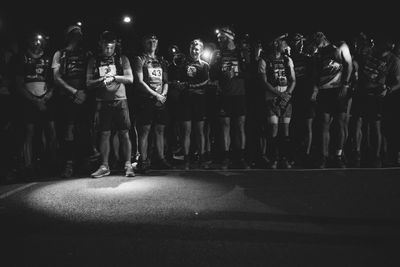
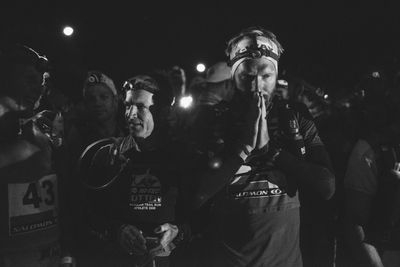
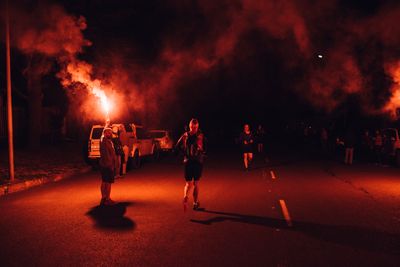
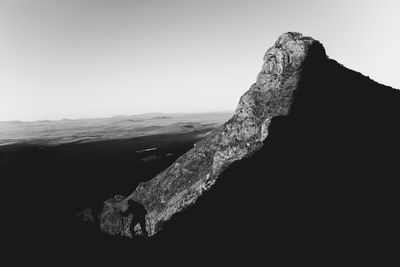
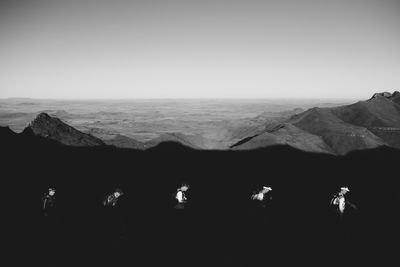
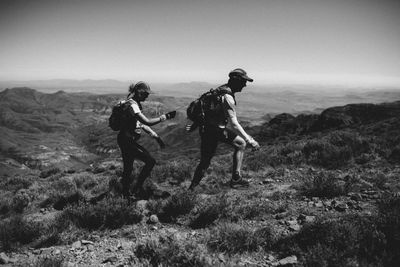
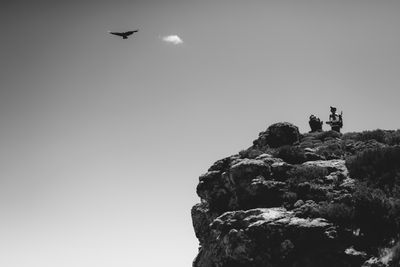

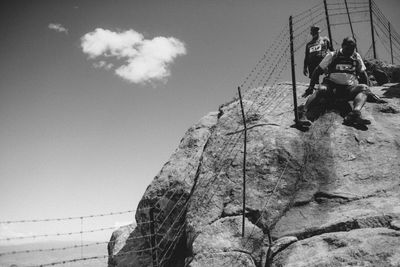
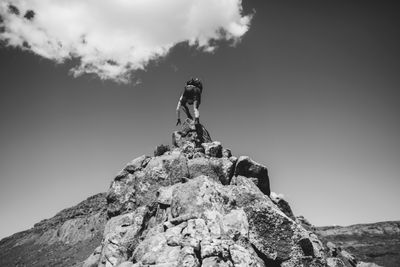
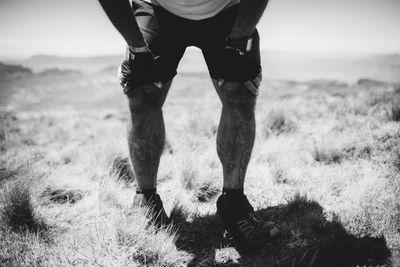
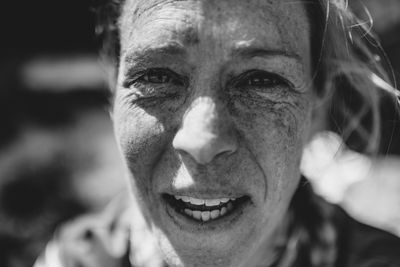
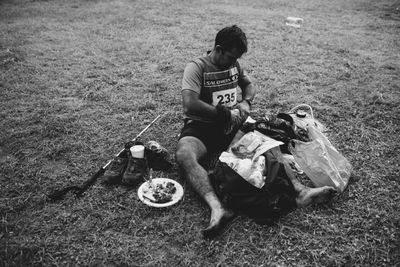
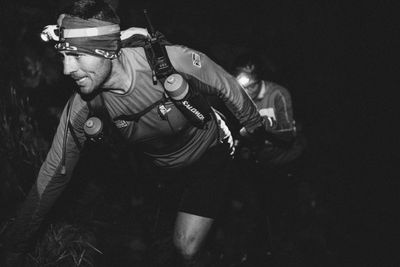
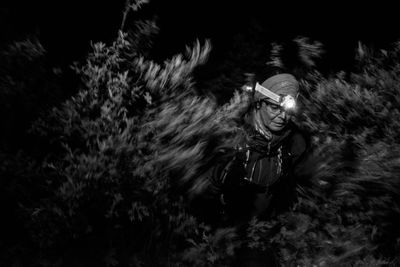
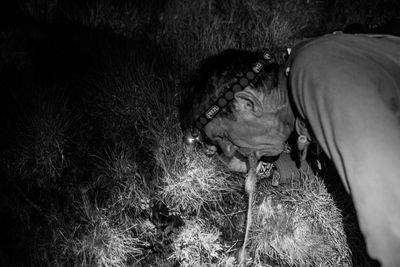
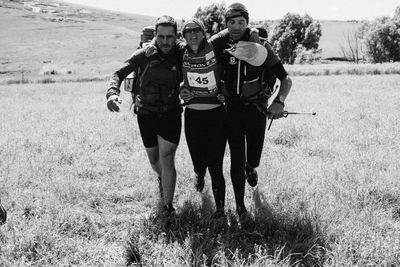
Chapter 3 - Ultra Trail Cape Town (UTCT)
Ultra-trail Cape Town is set in world renowned destination Cape Town in South Africa, on the pristine trails of the iconic Table Mountain – a world heritage site and one of the new Natural Seven Wonders of the World.
The race takes 1000 runners on a tour of the breathtaking Cape Peninsula which is characterised by mountains squeezed between the Atlantic and Indian Oceans. The 100km route with 4300m elevation gain covers technical terrain, traversing mountain ranges, coastal stretches, forests, winelands and famous city landmarks. Runners have 17 hours to cover the distance.
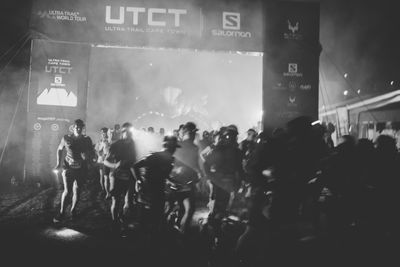
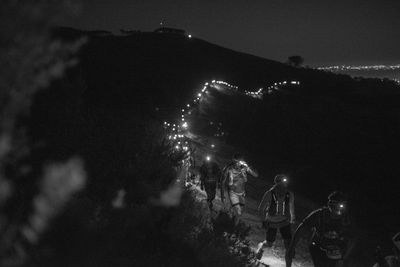
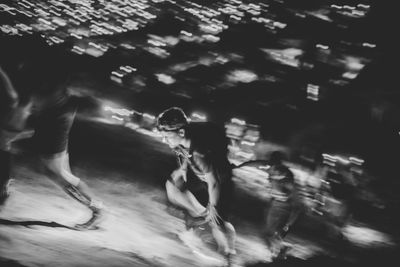
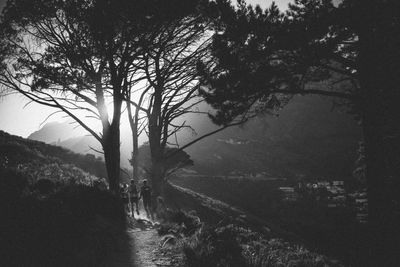
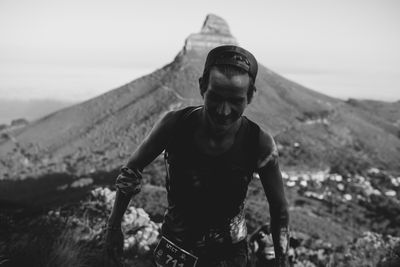
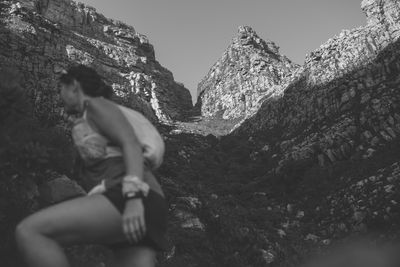
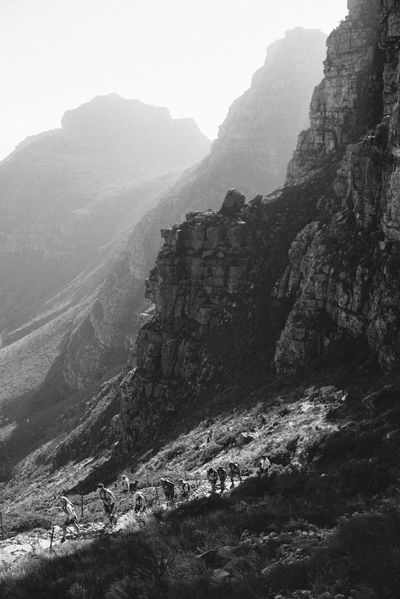
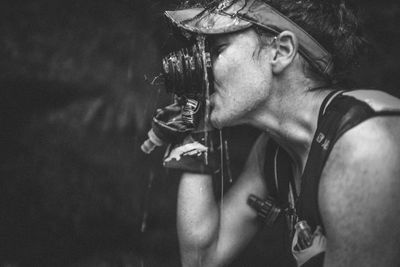
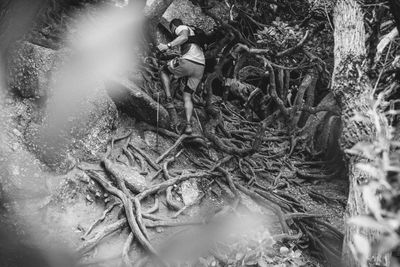
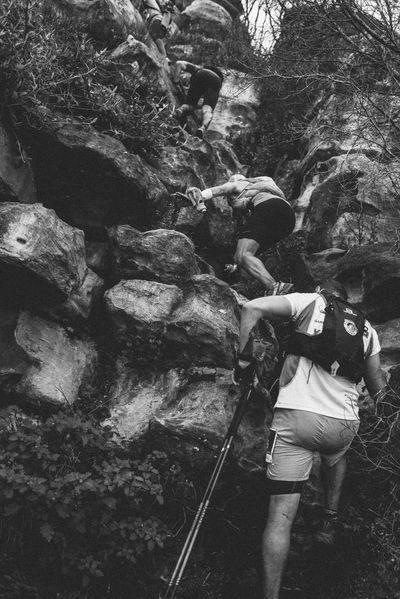
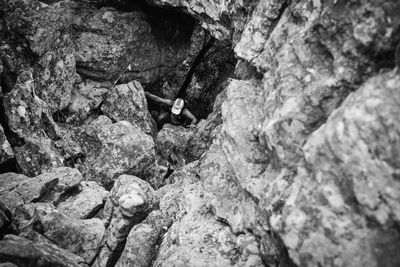
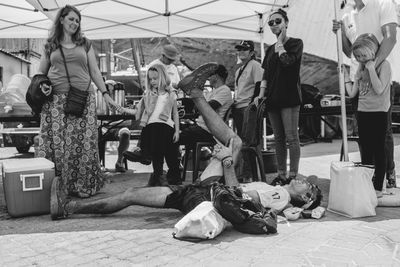
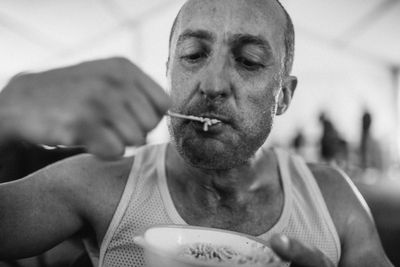
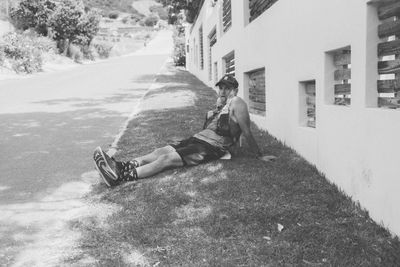
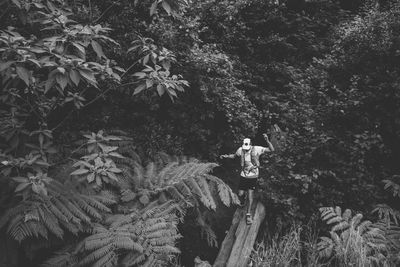

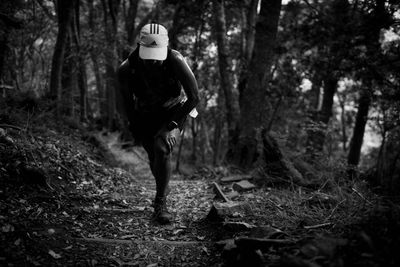
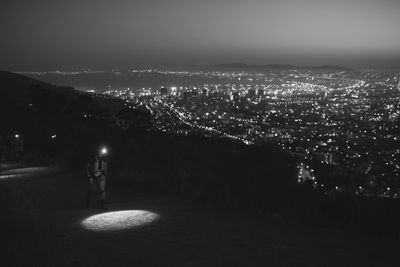
Chapter 4 - TransAlpine Run
The TRANSALPINE RUN traverses the Alps in time-tested manner by way of four countries via exhilarating trails over eight days. Since its first first edition in 2005 the run developed rapidly into one of the most significant stage runs for teams worldwide. Teams from more than 40 nations come to test their mettle during the stages of the yearly changing Eastern and Western routes.
All-in-all, the TAR 2018 packed a distance of 273,8 km and 16,150 m of positive vertical (vs. 14,407 m of cumulative descent) into eight exciting race days.
